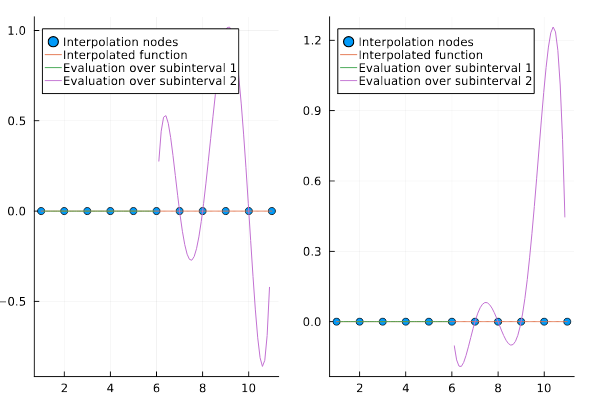
MATH566 Lesson 8: Piecewise Lagrange polynomial
interpolation
|
Overview
-
Interval subpartitions
-
Piecewise Lagrange basis
-
Analysis: rate of convergence
Note: Presentation is simpler than that in textbook
